What Is Spot Trading on Binance App: Complete Beginner's Guide
Author: Jameson Richman Expert
Published On: 2025-10-28
Prepared by Jameson Richman and our team of experts with over a decade of experience in cryptocurrency and digital asset analysis. Learn more about us.
What is spot trading on Binance app and how does it differ from other crypto trading methods? This comprehensive guide explains spot trading on the Binance mobile app step-by-step — from account setup, deposits, and placing market or limit orders to understanding order books, fees, liquidity, and risk management. Whether you’re a first-time crypto buyer or moving from other platforms, you’ll get actionable instructions, practical examples, and links to reliable resources so you can trade on Binance’s spot market with confidence.
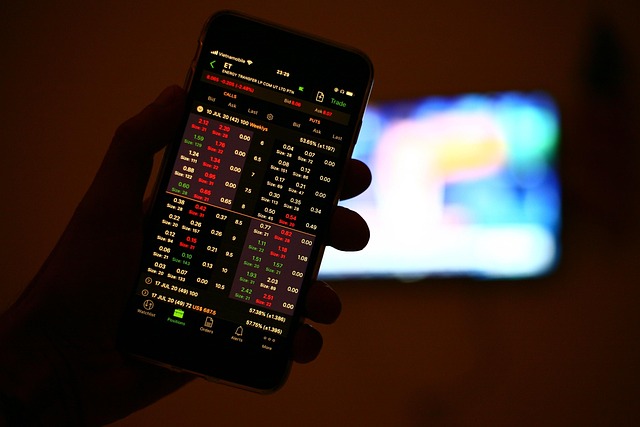
Quick overview: What is spot trading?
Spot trading is the simplest and most direct form of financial trading: you buy or sell an asset for immediate settlement at the current market price. In cryptocurrency spot trading, you exchange fiat or one crypto asset for another (for example, USD → BTC or USDT → ETH) and you take custody of the purchased asset in your spot wallet. Settlement is immediate or happens within the network’s standard confirmation time — unlike derivatives (futures, perpetuals) where you trade contracts that track the asset’s price rather than the asset itself.
For a formal definition, see the Wikipedia entry on the spot market. Investopedia also has a clear primer on spot markets here: Investopedia — Spot Market.
Spot trading on the Binance app — core concepts
- Spot wallet: The wallet where assets you own are stored. On Binance app, funds intended for spot trades must be in the Spot Wallet (not Futures or Margin wallets).
- Trading pair: Two assets that can be exchanged (e.g., BTC/USDT). The first asset (BTC) is the base; the second (USDT) is the quote currency.
- Order types: Market, Limit, Stop-Limit, and sometimes OCO (one-cancels-the-other) — used to control price and execution behavior.
- Order book: Live list of buy orders (bids) and sell orders (asks) that determines the market price via supply and demand.
- Liquidity and spread: Liquidity is how easily an asset can be bought/sold; the spread is the gap between best bid and ask prices and affects slippage on larger orders.
Why choose spot trading on the Binance app?
Binance is one of the largest cryptocurrency exchanges by trading volume and offers a user-friendly mobile app for spot trading. Advantages include:
- Wide selection of trading pairs
- Competitive spot trading fees and fee-discount mechanisms (e.g., using BNB balance to reduce fees)
- Robust liquidity on major pairs
- Multiple order types and portfolio management features
- Security features like 2FA and withdrawal whitelist
If you don’t yet have an account, you can register on Binance here: Create a Binance account. (Always follow security best practices when registering and verifying your account.)
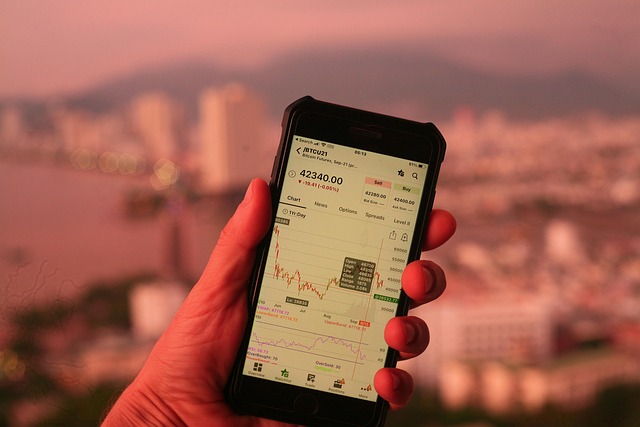
How to get started: Step-by-step on the Binance mobile app
1. Download the app and verify your account
- Download the official Binance app from your device store (App Store or Google Play).
- Sign up with your email or phone and complete identity verification (KYC) to unlock fiat deposits and higher withdrawal limits.
- Enable security features: two-factor authentication (2FA), anti-phishing code, and device management.
2. Deposit funds to your Spot Wallet
On the Binance app, you can deposit fiat (if supported in your region) or transfer crypto from another wallet or exchange into your Spot Wallet. Steps:
- Open the app and go to Wallet → Fiat and Spot.
- Select Deposit → choose Crypto or Fiat.
- If depositing crypto, select the asset, copy the deposit address or scan the QR code, and send from your external wallet. If depositing fiat, follow the on-screen options (bank transfer, card, or third-party payment partner).
Tip: For first-time buyers who prefer simple purchasing options, Binance also offers a Convert feature and Buy Crypto on-ramp partners. If you prefer other apps or want a comparison of buying apps — see this roundup of top apps to buy crypto in Canada: Top apps to buy crypto in Canada.
3. Navigate to the Trade interface
On the app’s bottom bar, tap Trade (or Markets → choose a trading pair and tap Trade). You’ll see:
- Price chart and timeframes
- Order book (bids and asks)
- Buy and Sell panels with order type selection
- Recent trades feed
4. Place a Market order (fast execution)
A market order buys or sells immediately at current best available price. Steps:
- Choose Market as order type.
- Enter the amount you want to spend (quote currency) or the amount of the base asset you want to buy/sell.
- Tap Buy or Sell; the order will execute instantly based on available liquidity.
Example: You want to buy $100 worth of BTC/USDT. Choose Market, input $100 in the “Spend” field, submit, and you’ll receive BTC at the current market average price (minus fees).
5. Place a Limit order (price control)
A limit order executes only at the price you set (or better). Steps:
- Choose Limit as order type.
- Set your target price and amount.
- Submit the order. It will sit in the order book until matched or cancelled.
Example: BTC is trading at $30,000. You place a buy limit at $29,500 for 0.1 BTC. The order will execute only if the price drops to $29,500 or better.
6. Use Stop-Limit and OCO orders to manage risk
Stop-Limit lets you set a trigger (stop) and a limit price to place a limit order once the trigger is hit. OCO (if available on the app) combines a limit order and a stop-limit — when one executes, the other is canceled. These are useful for automated exit strategies (e.g., stop losses or take profits).
Understanding order books, liquidity, and slippage
The order book lists active buy and sell orders. The best bid is the highest buy price; the best ask is the lowest sell price. The last traded price sits between them. Large market orders can sweep multiple levels of the order book, resulting in slippage — you get an average price worse than the current best price. On low-liquidity pairs, slippage can be significant. To reduce slippage:
- Use limit orders instead of market orders
- Break large orders into smaller pieces (iceberg strategy)
- Trade popular pairs with higher liquidity (e.g., BTC/USDT, ETH/USDT)
Fees and how to reduce them
Binance charges maker and taker fees on spot trades. Fees depend on your 30-day trading volume and whether you hold native tokens for fee discounts (e.g., BNB). Fee structures can change, so verify current rates on Binance’s fee page. Useful fee-reduction tactics:
- Enable fee discount by paying fees with BNB when supported.
- Increase trading volume to reach VIP tiers (if applicable) for lower fees.
- Provide liquidity (maker orders) instead of always taking liquidity (market/taker orders).
Always check Binance’s official fee page for the most up-to-date rates. For alternative platforms and referral options, you might consider other exchanges like MEXC, Bitget, or Bybit depending on your preferences and region.
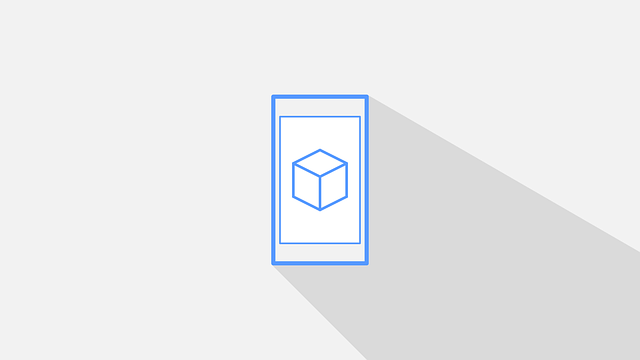
Spot vs. margin vs. futures — know the difference
- Spot trading: You buy/sell the actual asset and hold it in your wallet.
- Margin trading: Borrow funds to increase buying power (leverage). Margin amplifies gains and losses and carries interest/maintenance margin risks.
- Futures/perpetuals: Trade derivative contracts that track asset prices without necessarily owning the underlying asset; leverage is common and riskier.
For beginners, spot trading is usually the safest place to start because you’re not exposed to liquidation risks from leverage.
Common spot trading strategies and examples
1. Buy and hold (HODL)
Buy an asset on the spot market and hold long-term in the spot wallet. This strategy is simple and suitable for investors who believe in the long-term adoption of a crypto asset.
2. Dollar-cost averaging (DCA)
Invest a fixed amount regularly (e.g., weekly or monthly). DCA reduces the impact of volatility and removes timing risk.
3. Swing trading
Enter and exit positions over days to weeks based on technical analysis and market trends. Use limit orders and stop-losses to control risk.
4. Arbitrage (triangular or cross-exchange)
Buy an asset where it’s cheaper and sell it where the price is higher. Successful arbitrage needs fast execution, low fees, and careful attention to transfer times and slippage.
Example trade walkthrough
Scenario: You want to buy ETH using USDT on the Binance app.
- Ensure you have USDT in your Spot Wallet (deposit or convert fiat to USDT).
- Select ETH/USDT pair in Markets → tap Trade.
- Choose Market (fast) or Limit (if you want a specific price). Suppose ETH = $1,600 and you want $320 exposure. Choose Market and enter $320 in “Spend”.
- Tap Buy. Your 0.2 ETH (approx) will appear in your Spot Wallet after execution. Check the transaction and note the fee applied.
Security best practices for spot trading
- Enable 2FA and strong password policies.
- Use hardware wallets or cold storage for large long-term holdings. Binance’s support pages and resources outline withdrawal and security settings.
- Whitelist withdrawal addresses where possible and enable withdrawal confirmations.
- Beware of phishing sites — always check the URL and use bookmarked links for exchanges.
- Don’t share private keys, seed phrases, or 2FA backup codes.
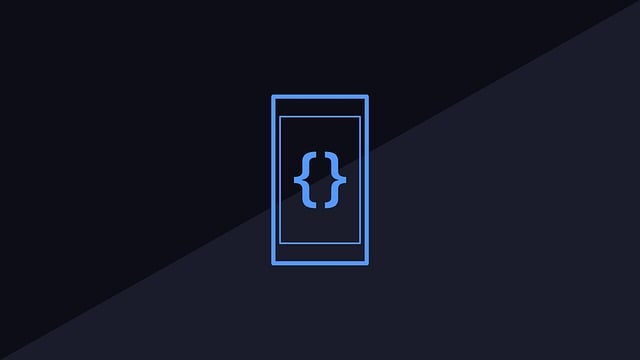
Taxes and record-keeping
Spot trades are taxable events in many jurisdictions (capital gains when you sell or convert one crypto to another). Keep accurate records of purchase price, date, sale price, and fees. Consult local tax authorities or a licensed tax professional for jurisdiction-specific guidance. For general investor protection resources, consult reputable sources like government financial regulators and educational sites.
Risks specific to spot trading
- Market volatility — crypto prices can swing widely.
- Exchange risk — centralized exchanges can be subject to hacks or regulatory action.
- Liquidity risk — thin markets can cause large slippage.
- Operational risk — user errors in order entry, transfers, or using leverage mistakenly.
Mitigation: start small, use limit orders, enable security measures, and diversify holdings. If you want to learn more about the ethical and practical considerations of trading other assets and markets, this guide on commodity trading covers practical and ethical questions: Is commodity trading halal? — Practical guide.
Advanced features on Binance app that support spot traders
- Grid trading: Automate buy/sell orders between defined price ranges.
- Recurring buys / Convert: Set schedules to DCA; use Convert for one-click swaps.
- Stop-limit alerts: Use stop orders to protect positions.
- Trading view charts: Apply indicators and analyze price action directly in-app.
Note: Availability of advanced features can vary by region and account verification level.

Where to go next — resources and further reading
To expand your understanding and capability:
- Binance’s official help center and Academy — education on trading mechanics, safety, and features.
- Investopedia and Wikipedia pages on the spot market for conceptual grounding.
- Practice with small amounts or demo accounts (where available) before committing large capital.
If you plan to buy crypto from a wallet like Coinbase Wallet and wish to explore secure acquisition in 2025, this in-depth guide provides step-by-step coverage and security advice: Can you buy crypto from Coinbase Wallet in 2025?
Comparing Binance spot trading with other exchanges
Different exchanges may offer different fees, supported pairs, liquidity, and app features. Consider factors such as:
- Supported fiat on-ramps and local payment methods
- Trading fees, maker/taker splits, and discounts
- Security track record and regulatory compliance
- User experience on mobile apps (order types, charting tools, UI)
Some alternatives you can evaluate include MEXC, Bitget, and Bybit. Choose an exchange that fits your priorities (security, low fees, high liquidity, available trading tools).
Practical checklist before placing your first spot trade on Binance app
- Create and verify your Binance account and enable 2FA.
- Deposit fiat or crypto into the Spot Wallet.
- Decide on order type: Market for immediate execution; Limit for price control.
- Calculate the fees and expected slippage for your order size.
- Set stop-loss or take-profit orders if you want automatic exits.
- Monitor network confirmations after transfer and confirm the asset is in your spot wallet.
- Keep trade records for personal tracking and taxes.
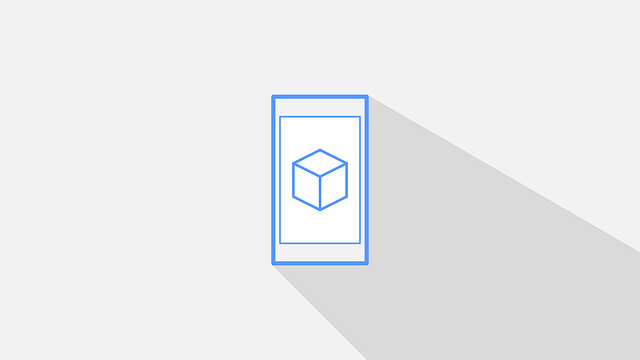
Final thoughts: Is spot trading on Binance app right for you?
Spot trading on the Binance app is a practical and accessible way to buy, sell, and hold cryptocurrencies. It’s suitable for beginners who want to own crypto and for intermediate traders using limit and stop orders. Before trading, ensure you understand fees, order types, market dynamics, and security practices. Start with small amounts, use proper risk management, and keep learning.
For more buying options and platform comparisons — particularly if you’re in Canada or exploring wallet-based purchases — refer to the recommended guides here: Top apps to buy crypto in Canada and Can you buy crypto from Coinbase Wallet in 2025?.
If you’re ready to start trading, you can create an account with Binance here: Register on Binance. Consider exploring other exchanges like MEXC, Bitget, and Bybit to compare features and fees.
Remember: spot trading is powerful but not risk-free. Trade responsibly, educate yourself continuously, and consult financial professionals for investment or tax advice.